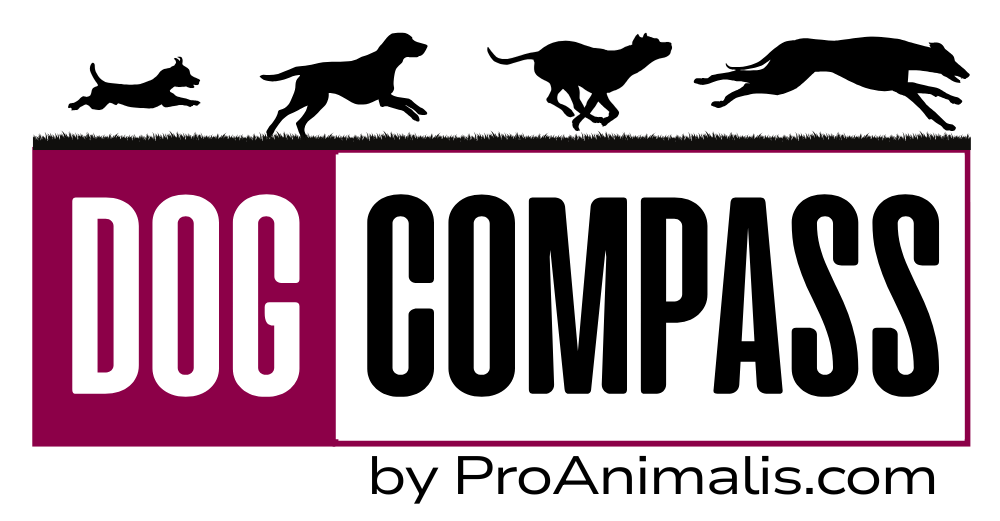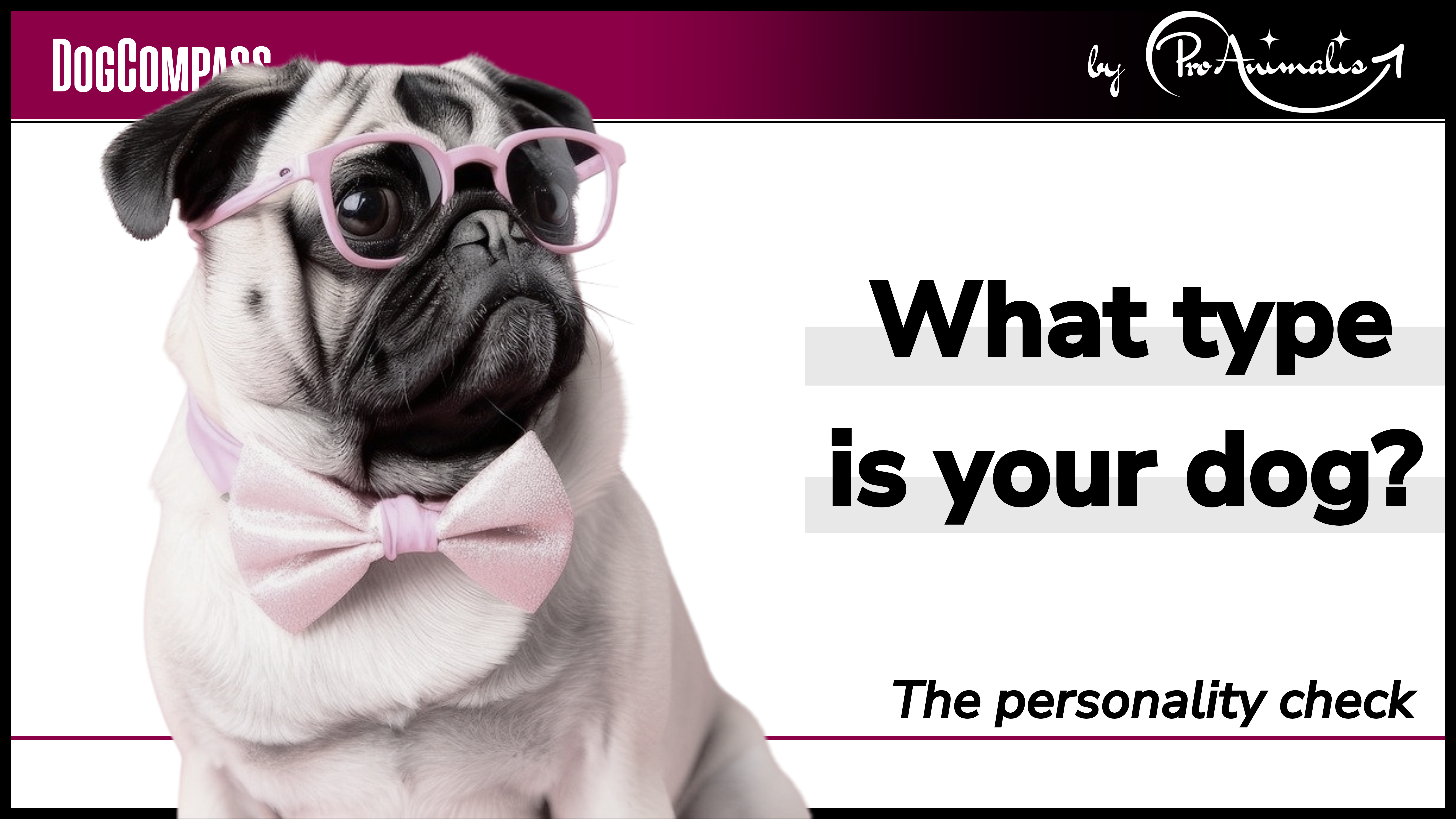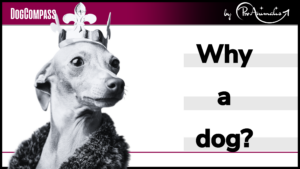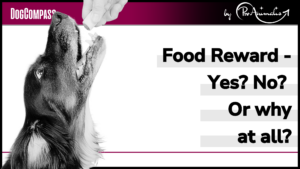Your dog's personality check
Aggressive,
scared,
obedient,
self-confident,
playful,
impulsive,
…
to name just a few examples of many possibilities.
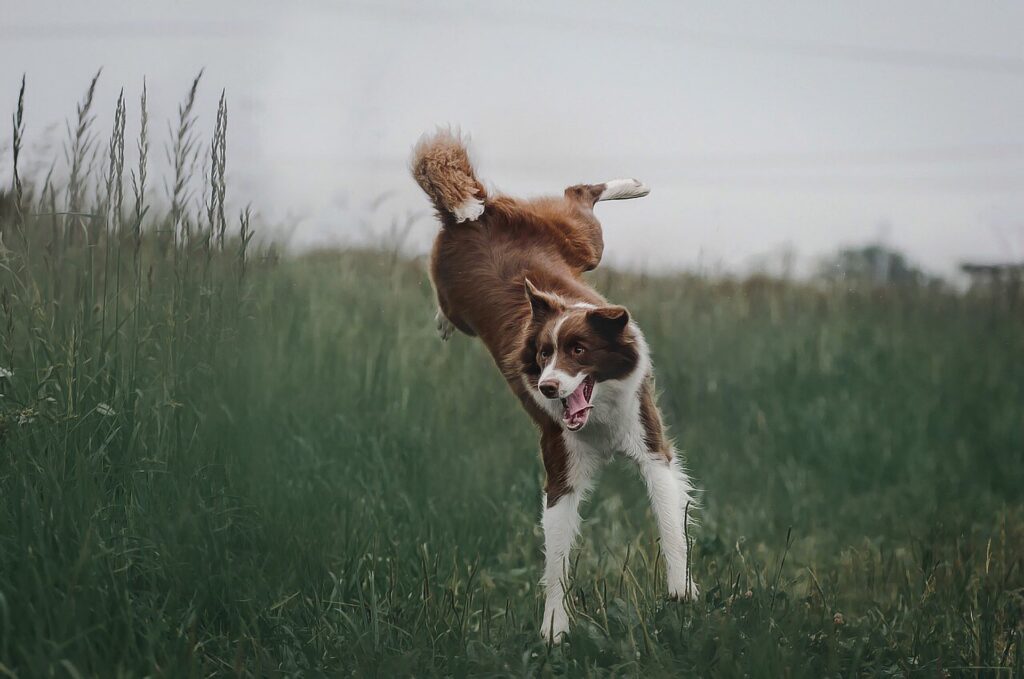
But what is an intensive personality check supposed to be good for?
These characteristics are usually immediately recognizable even to outsiders.
What should you, as a dog owner, do with personality determination, as everyone who looks at your dog can see at first or at least second glance what is going on here?
The fact is (at least for me) that it shouldn’t really be about determining the personality, but about analyzing the needs of your dog.
In this context, the personality check is just a tool to simplify this step and make it clear.
Only if you really know the needs of your dog, you have the opportunity to respond accordingly.
With purebred animals that have been responsibly kept and raised, you often already know roughly what you are getting into, but the matter of finding a personality is not quite as straightforward as you would like to think.
A distinction must be made here between aspects that are genetically predisposed and those that have been learned.
Accordingly, it is almost safe to assume that a shelter dog, or indeed any adult dog adopted from a previous owner, or an animal with an uncertain past, is often a surprise package.
What is PERSONALITY anyway?

In order to better understand your dog’s personality, we should first start with the basic clarification of the term.
Some of your dog’s characteristics are inherited from birth, others are learned over the course of life.
The personality is composed of two components, the genetically predisposed behavior (the temperament) and the learned behavior (the character). However, both should also be considered and handled completely separately.
So when it comes to behavior manipulation, a distinction must first be made as to whether the behavior can be manipulated at all. To what extent, whether it makes sense in favor of the animal or whether an alternative behavior should be used, is a completely different question.
So here is a guiding principle that you should always keep in mind when determining personality, and especially when training or manipulating your dog’s behavior.
PERSONALITY = TEMPERAMENT + CHARACTER
The temperament

A dog’s temperament is something they are born with. So it’s a genetic predisposition.
It includes the actions and reactions conditioned by emotional stimuli from the environment.
For example, it is known that the Border Collie is a persistent and tirelessly energetic dog with pronounced herding ambitions and is strongly fixated on its people, while a typical greyhound representative does not have much else in mind than hunting and short-distance sprints, but then also likes to spend the rest of the day on a comfortable sofa. (Exceptions confirm the rule here, of course).
As you can probably imagine from these two examples, this is about the actions, reactions, and feelings of these two temperament types based on their emotional makeup and stability.
It is obvious that even with the best therapy plan for a well-thought-out behavioral manipulation, you cannot make a successful herding dog out of a sighthound with the best will in the world – because the long-legged sprinter lacks patience, endurance and long term focus.
the character
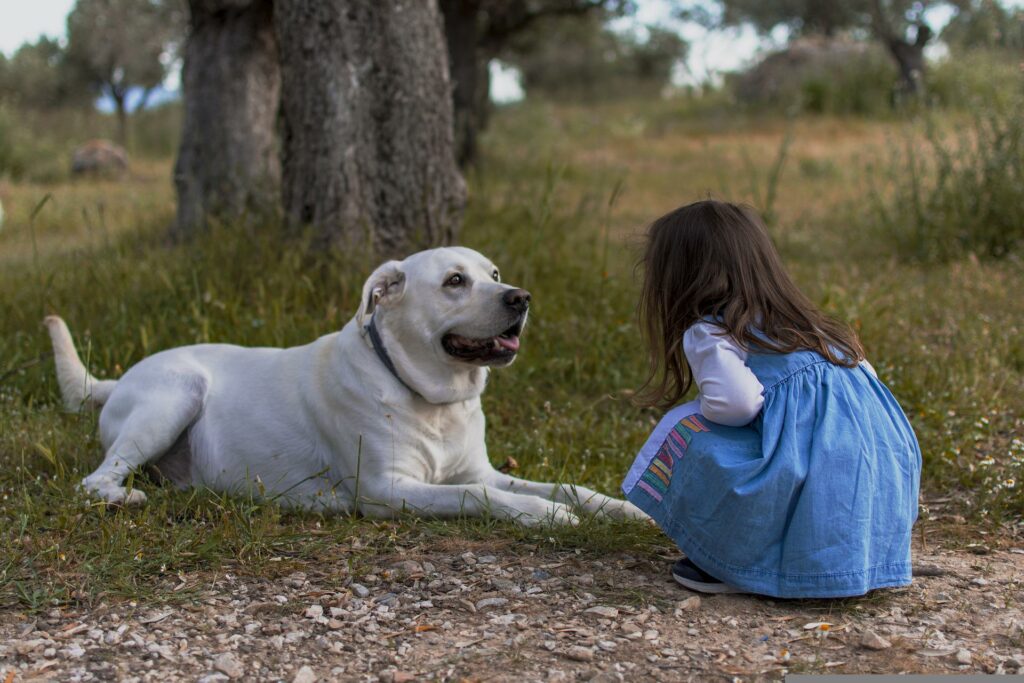
Character, unlike temperament, is probably best described as learned behaviors.
Everything that your dog has learned in the social area with conspecifics, in human care, as well as through environmental stimuli through imprinting, socialization, conditioning, success and failure (self-regulated learning), etc., is to be described as character.
If these behaviors have been learned, they can – in the negative case – also be “unlearned” again. But of course that sounds easier than it can be implemented. But the important thing is that it is possible.
Can you still remember everything you learned in school years ago? Probably not. However, by the time the relevant topic was queried, you had acquired enough knowledge through studying to pass the exams. Today, years later, everything LOST.
The same applies to sports activities for example, because physical behavior can also be learned and unlearned.
In short – learned behaviors of your dog can be significantly manipulated for the better.
What use is it to you to know your dog's personality?

In order to find the right approach that you can use to train your dog individually, it makes sense to first find out what type of training your dog finds easy and ultimately leads to success. After all, we want to make it as pleasant as possible for the dog, including ourselves. And last but not least, the fun of training should not be neglected.
For example, it makes little sense for a dog that is not at all food-oriented to try to make a task “tasty” with treats. Or a dog that likes to offer its own solutions, wanting to dictate every little step along the way.
Because the way is the goal!!!
For this purpose, it is relatively clear to roughly divide different personality types into groups and to explain them with animal characteristics. Usually you will find characteristics in your dog that can be assigned to different groups. No problem. We don’t want to go too meticulous about personality determination, but keep an eye on the meaning of the matter. The point is to filter out the needs of the dog! No more and no less. Don’t forget: The personality check should not put a stamp on your dog, but only represent a tool on the way to individual training.
And then what?
How to level your and your dog's traits
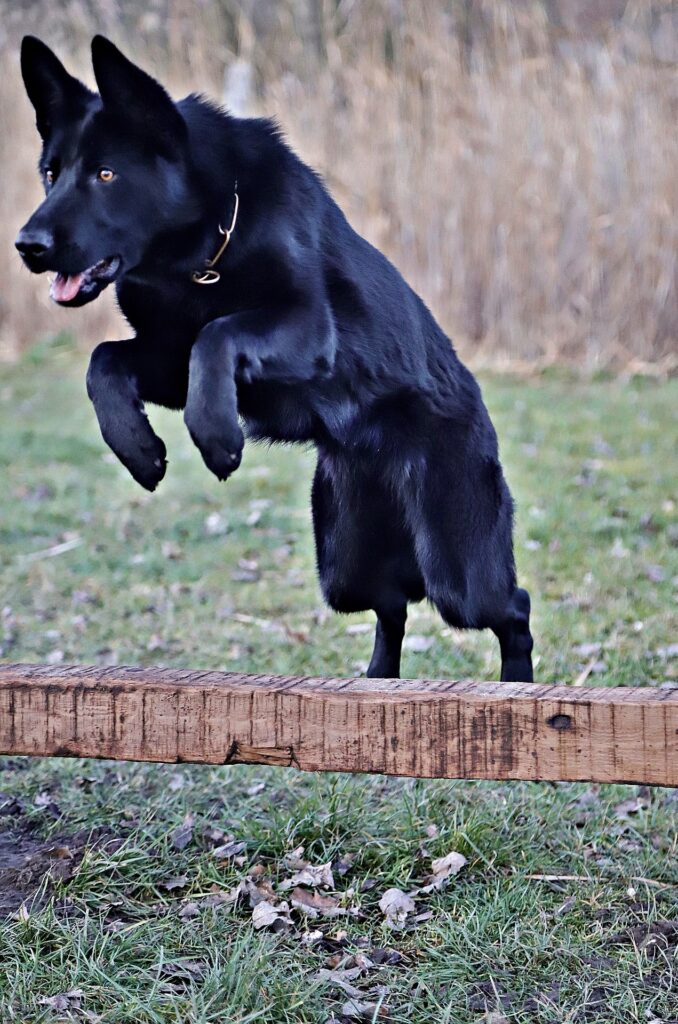
As soon as it is clear to you what your dog actually needs, it is now a matter of examining and reflecting on your own actions and the previous training.
Do you actually always do your dog emotional justice during training and upbringing?
Or are there communication problems?
Because from experience I can say that these are the most common problems in the dog-human relationship.
What we humans mostly lack is a clear and understandable communication with the dog.
This is easy to understand when we think back to our own school days. There were subjects that were extremely easy and even fun – others not so much.
Take the time and think back – wallow in memories.
In the memories of pleasant lessons, don’t you often find a sympathetic teacher? A teacher who sees you as an individual and not just a face in a class, one who responds to you and shows empathy? Someone who can also explain difficult tasks and topics in such a way that you can easily understand them?
This is exactly the kind of teacher you want to be for your dog!
And for this, empathy, language and clear and unmistakable communication are essential.
So your task is, with this teacher image in mind, to offer your dog lessons that make it easy for him to understand, that bring a sense of achievement, that he enjoys and that give him the motivation to WANT to work with you!

